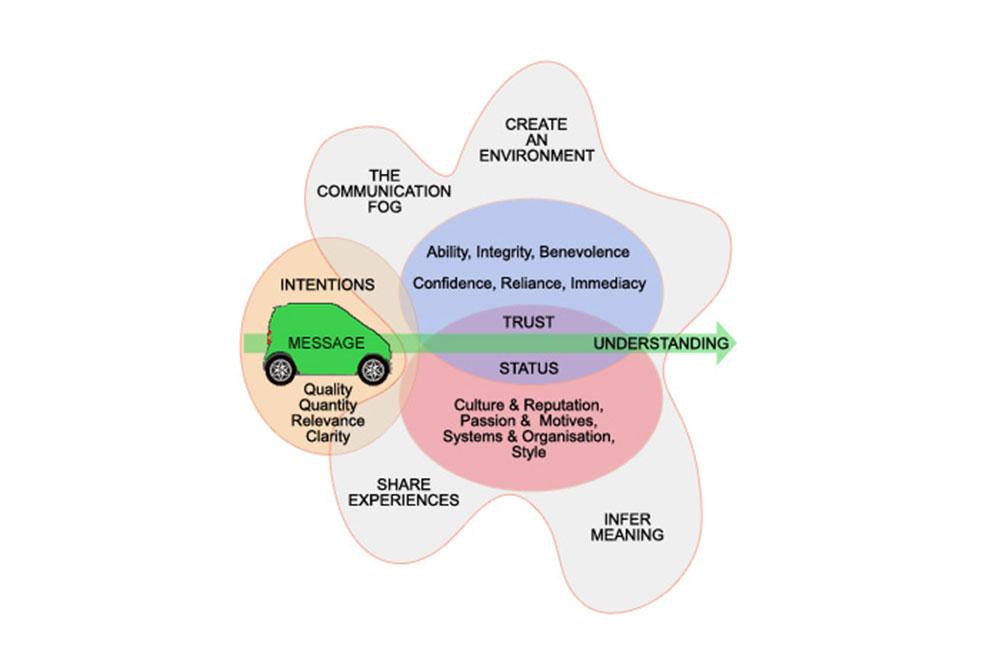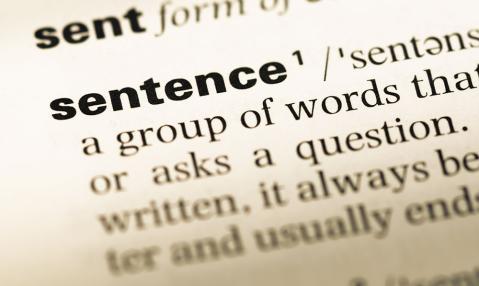Learn the secrets of writing power content with relevance and clarity, and get your message understood.
Writing power content is all about finding the best way to package your message so that the reader immediately sees how it is relevant to them and it is understood with your intended meaning.
This technique can be used for simple and complex messages; the more complex the message, the more comprehensively packaged the message must be.
The diagram below outlines the steps involved in getting your message across to the reader. To depict these challenges, I have chosen the analogy of a vehicle trying to deliver a parcel that travels on a certain quality of road, through a thick fog.
The vehicle represents your intentions behind the message, the quality of the road represents your level of authority based on trust and status, and the thick fog represents the environment and shared experiences used to communicate your message.
In this analogy, choosing the right vehicle to travel on the smoothest road in fine weather and in a familiar environment would all increase the chances of a successful and efficient delivery.

















